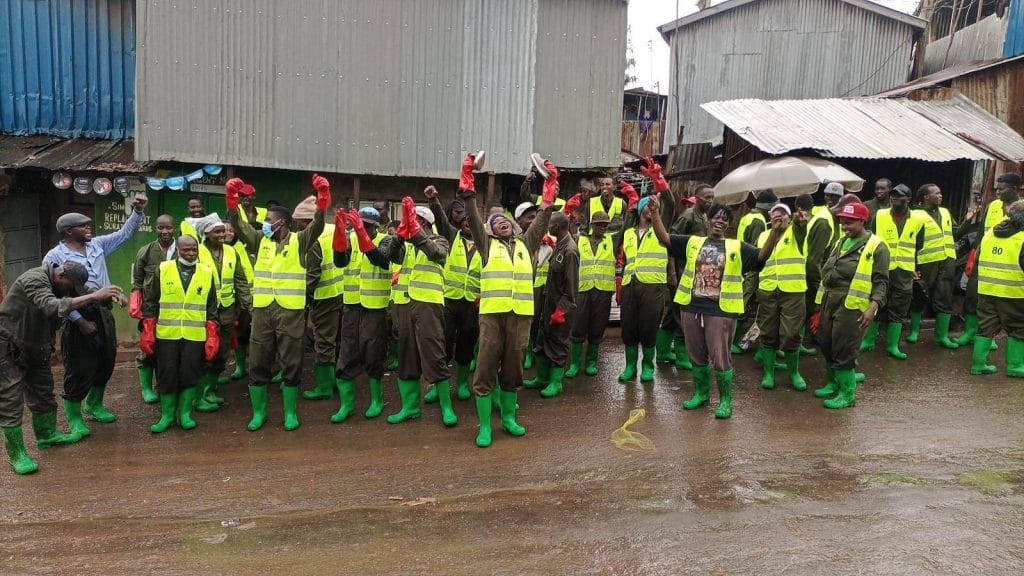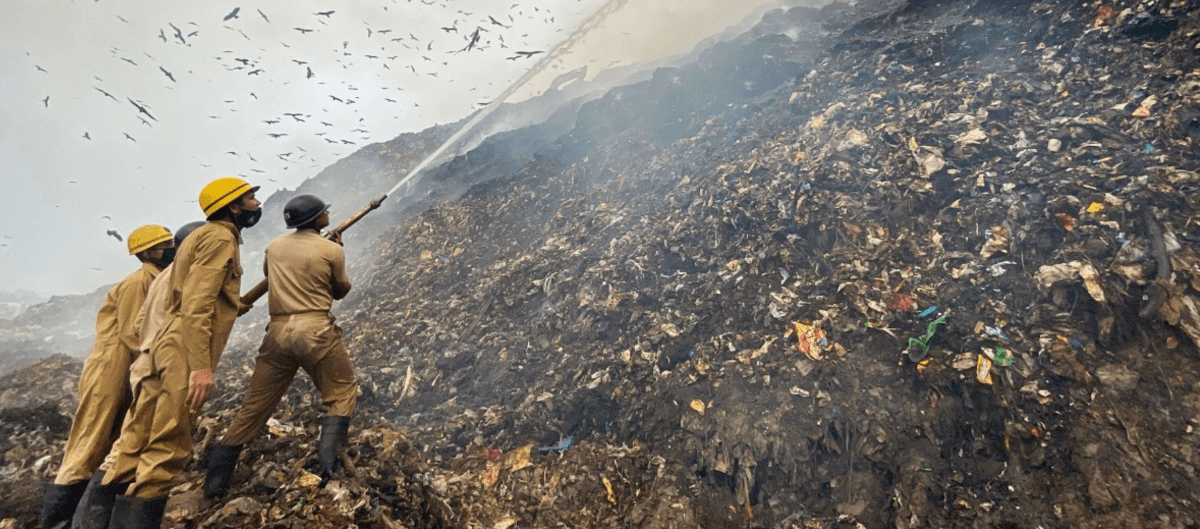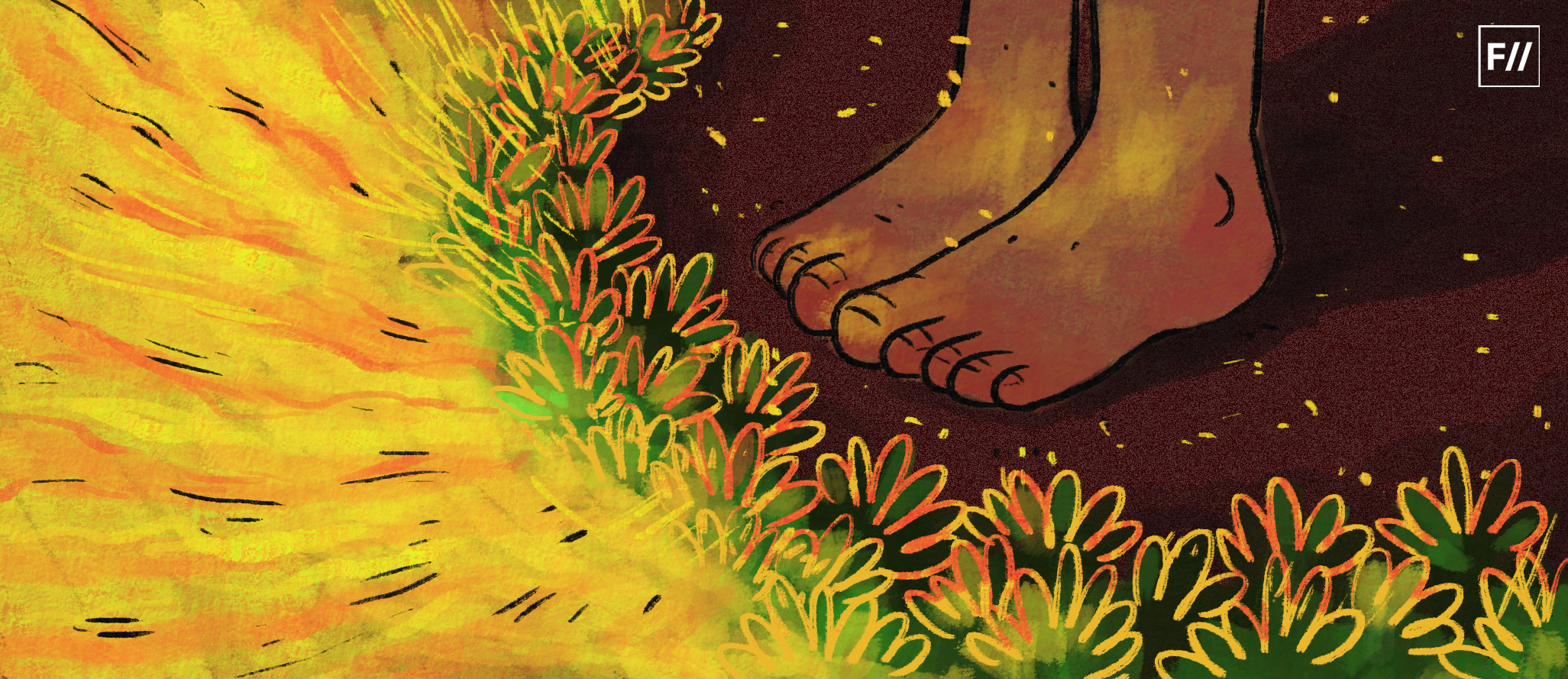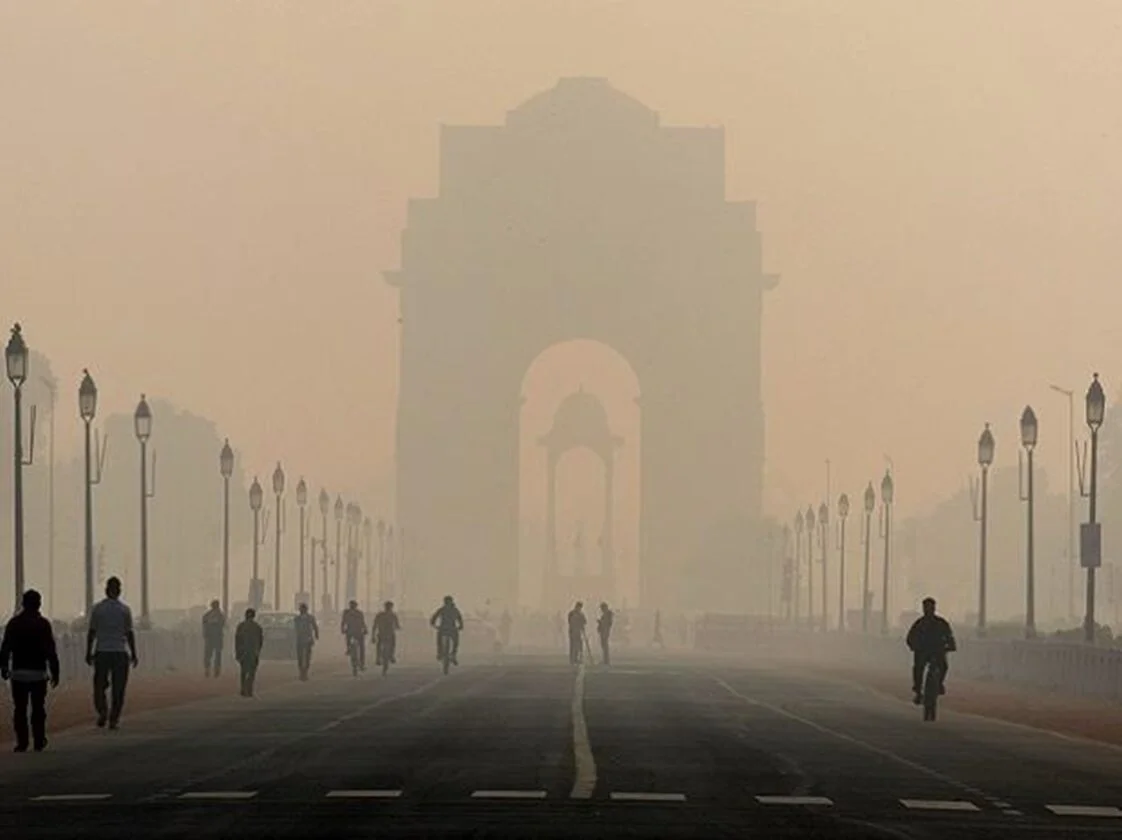Today, advancing countries are facing a big issue—the Garbage Crisis. It is not only an issue for the advancing countries, but also advanced countries are suffering from it. The major difference is how it affects advancing and advanced countries. The brunt of the garbage is generally put on advancing countries.
One of the simplest and most prescribed ways to deal with this issue is “disposing” of the garbage. However, in the heteronormative society, do you think the idea of disposability is left untouched by the patriarchs? Is the idea of disposing of garbage affecting the queer community differently than others? These are some questions that need immediate thinking.
What is the global garbage crisis?
The global garbage crisis refers to an overwhelming waste generation, which exceeds our limit of managing it in a sustainable manner. With capitalism paving its way into our lives, there is overconsumption coupled with a growing population, which is leading to the problem of garbage. A problem stemming out of capitalism undoubtedly puts a burden on the marginalised and working class. For example, most of the waste is dumped near the slums where the lower strata of society lives. It further strengthens the idea of people living near garbage as “dirty” or “polluted.”

In the heteronormative society, everything that fits into the vessel of norms, or to be precise, heteronormative norms, is considered “normal.” Disposing of the garbage is also not left untouched by these norms. That idea of disposability, which is considered normal, is heteronormative, and gender minorities often find themselves marginalised once again. However, the LGBTQIA+ community has faced this marginalisation in various arenas for centuries.
In the rapidly urbanising spaces of Kenya and India, the community similarly faces displacement and marginalisation. Yet, within these challenges, the resilient queer and trans community poses a creative form of resistance: repurposing the discarded materials. This is no less than the reclamation of spaces and activities by the community and also challenges heteronormative notions of “disposability,” redefining value and belonging in the process.
Kenya and India: Examples of resilience from gender minorities to the garbage crisis
Slums Going Green and Clean: Kibera is one of the largest informal settlements in Africa, which is home to over one million people. This houses a large number of LGBTQIA+ folks as well. It was established in the early 20th century with no government support. Without support, the settlement has no adequate infrastructure and a poor waste management system. There is an absence of sanitation facilities, which forces the population to dump trash in open areas, contributing to health risks.

Brian, a former member of the settlement who turned into an environmental activist, took up the responsibility to improve his and the community’s lives. To deal with the growing problem of waste, he started an organisation titled Slums Going Green and Clean. The group comprises around 1200 members who work for waste management in Kibera. One of the most innovative things they do is to make an office out of wine bottles.
However, there is no direct queer connection, but these not-so-normal ways of repurposing the waste subvert the heteronormative idea of disposability. Reportedly, there is a large queer population in the settlement.
MegaGas: MegaGas is a startup that particularly transforms plastic into cooking gas, which benefits families with low incomes. There is a community kitchen in Nairobi that has around 24 stoves, which offers women a safe and affordable space to cook just at the price of 30 KShs per hour. For those who can not afford this also, women can exchange one kilogram of plastic waste for one hour of use in the kitchen.
This not only promotes waste recycling but also enables women to meet, talk with each other, and share ideas, turning the kitchen into an economic hub.
Aravani Art Project: The Aravani Art Project is a trans women and cis women-led initiative that aims to build awareness and uplift the transgender community and LGBTQIA+ community’s lives through making art. They collaborate with various companies and art spaces to give voices to marginalised voices, seeing intersectionality as the need of the hour. The art-making in the Aravani Art Project many times involves waste products that are recycled into wonderful art pieces. While it is true that the transgender community is making its way into popular culture, still they face stigma and discrimination. Aravani combats this discrimination through various art projects.
Queer Bazaar: Queer Bazaar is a startup by Mist LGBTQ Foundation where they sell rainbow flags and pins and give space to queer and trans artists. While not completely waste-generated, a large number of their products are handmade, which are made out of plastic waste.
Where queer communities and women are resisting strongly to reclaim spaces and subverting the heteronormative notion of disposing, there is still a long road ahead. First, there are funding issues. Even to transform waste into products, the community needs money, which they often don’t get. Second, access to the market is difficult. In the heteronormative space, the initiatives don’t get space in the market.
There is a stigma around the LGBTQIA+ community taking up spaces and activities like disposing; however, the resistance continues until there is a rainbow-ing world of inclusivity.
About the author(s)
Jatin Chahar (he/they) is a student of Philosophy at Ramjas College, University of Delhi. His writing stems from critical reflection on various socio-political issues, particularly gender and politics. Art is resistance for him. He loves making art that serves the masses and brings forward the realities of the power structure of contemporary societies which excludes marginalised sections of society. He is also into photography and filmmaking. His major areas of research interest are caste, class, and their intersection with sexual fantasies.





